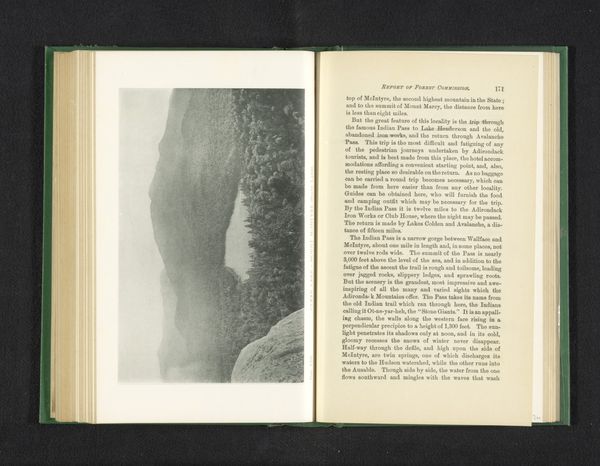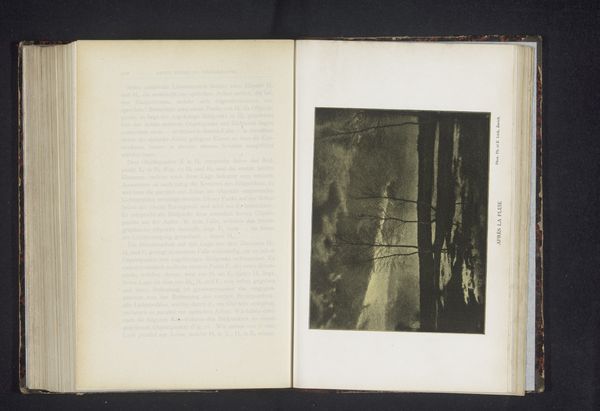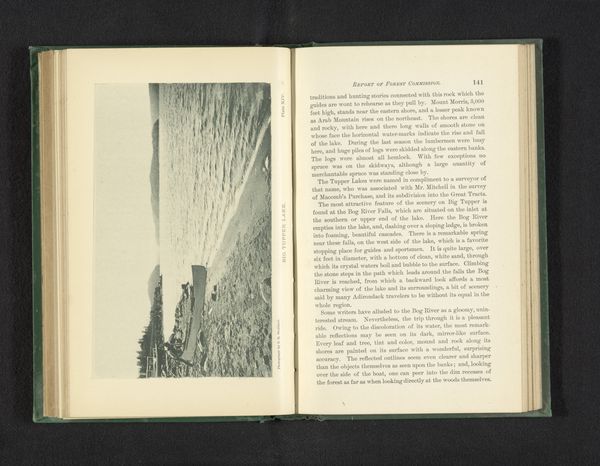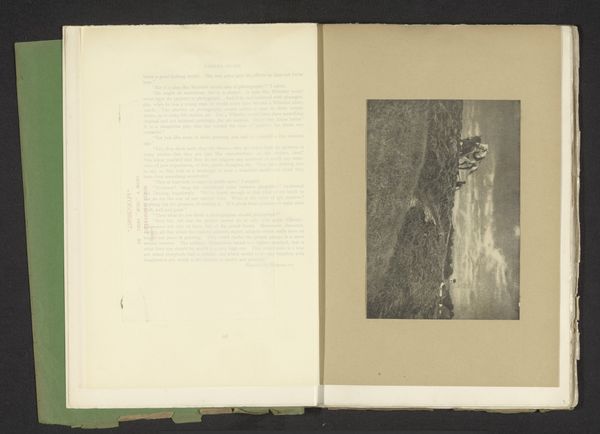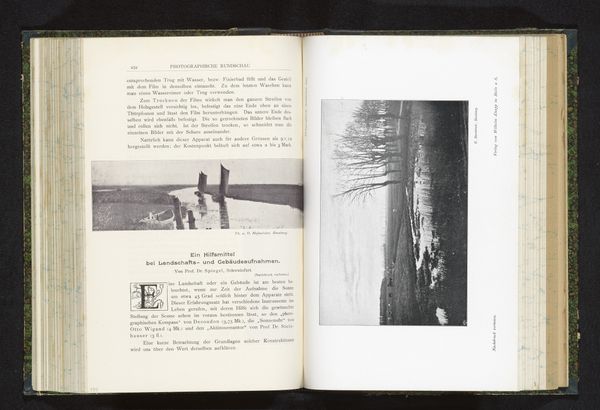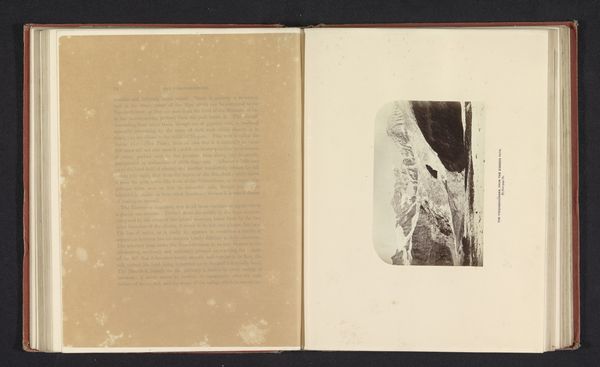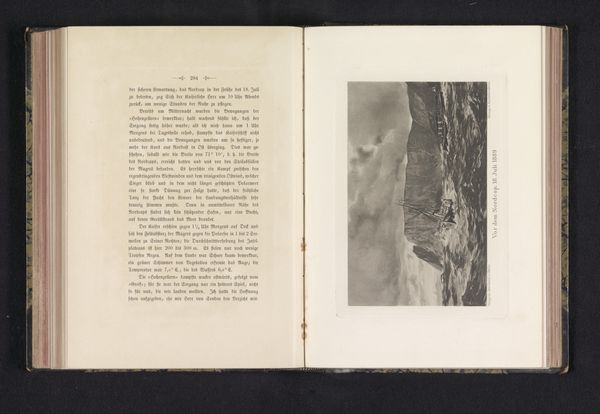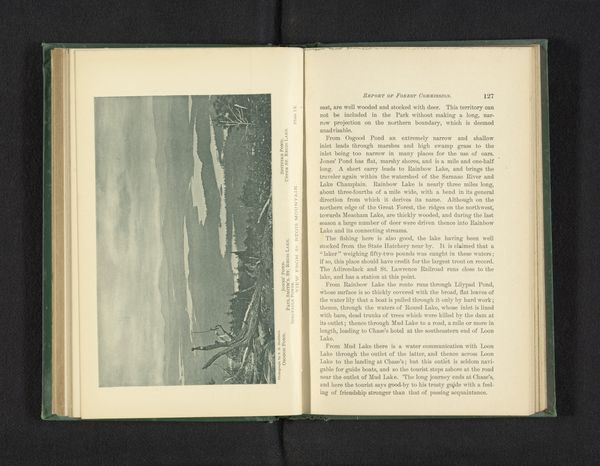
Dimensions: height 113 mm, width 177 mm
Copyright: Rijks Museum: Open Domain
Editor: Here we have "View from St. Regis Mountain," a photograph taken in 1891 by Seneca Ray Stoddard. The vast landscape, captured in monochrome, possesses an air of melancholic beauty. The distant horizon blends seamlessly with the sky. How do you interpret this work, particularly given the context of its time? Curator: It’s interesting to consider this image through the lens of the late 19th century. The Hudson River School movement romanticized the American landscape, often eliding the ecological cost of westward expansion and industrial development. How complicit was photography in crafting that narrative? Editor: What do you mean by "complicit"? Curator: Photography presented itself as objective, as truthful documentation, which reinforced a particular perception of untouched wilderness ripe for exploitation. Whose gaze, whose agenda, was being centered? The indigenous populations were often absent, their forced removal enabling this very idea of a pristine, available landscape. Stoddard’s work, while beautiful, demands we ask: Who benefits from this 'view'? Editor: That makes me see this landscape differently. It's not just a pretty view; it's a document of a specific, perhaps problematic, cultural moment. Curator: Precisely. It reflects a drive to claim and control nature, embedded within colonial ideologies. Considering gender dynamics, could you envision the historical perspective of the (presumably male) viewer and explorer as someone taking possession of land? Editor: Wow, that reframes my whole understanding of landscape photography! I’ll definitely rethink how I approach images of nature now. Curator: Great. Now, when you encounter these depictions, you're equipped to consider its impact.
Comments
No comments
Be the first to comment and join the conversation on the ultimate creative platform.

